During a recent panel at The Phillips Collection, Washington, D.C.-based art collector Henry Thaggert asked the public to consider an ongoing debate in the art world: whether or not art shows that only showcase artists of one race are “good” or “bad.”
Historically, African-American artists have been disenfranchised from the gallery/museum system, but new efforts at inclusion also create new complexities. Even writing about these issues is complex. Are we talking about Black artists, or African-American artists?
Does it matter if a work of art is made by an African-American? Broader still, does the identity of any creator matter to the artwork?
Organized by D.C.-based organization Millennium Arts Salon the panel June 11th focused on the issue in relationship to contemporary visual art. Founded by the wife and husband team of Juanita and Melvin Hardy, the vision of Millennium Arts Salon is to “advance cultural literacy,” and the Salon manages a collector’s club focused on the collection of African-American artists.
Thaggert was joined on the panel by Phillips Collection curator Vesela Sretenović, artists Sheldon Scott and Amber Robles-Gordon, and moderator Jessica Stafford Davis (of The Agora Culture.)
Thaggert posed his question in the context of the well-regarded 2013 exhibition 30 Americans, which featured 30 African-American artists. Thaggert, a patron of the Corcoran Gallery of Art, noted he was “instrumental in bringing 30 Americans to the Corcoran.”
“The exhibition fed a certain hunger and a certain interest,” Thaggert said.
That exhibition received broad coverage not only for the included artists and artwork, but as a call for galleries and curators to stop overlooking and undervaluing art by African-Americans.
However, as a thought experiment, Thaggert raised a number of potential concerns presented by single-race exhibitions like 30 Americans. Single-race exhibitions can become complicit in diminishing the universal power of art, can force art to serve as an ambassador for racial issues, and can over-simplify the diversity of included artists.
According to Thaggert, some critics describe 30 Americans as being “enslaved by generalizations.”
Playing devil’s advocate, he asked the audience, “Why should a Kara Walker painting hang next to a Kehinde Wiley painting when these artists and the objects themselves have virtually nothing in common, except the most general of generalizations?”
He continued by noting that several commercially successful African-American artists have subsequently expressed ambivalence and even anger about their inclusion in the show. “These black artists felt like they lost control of their own narrative,” he said.

“All That I Am”, 2015, by DC artist Amber Robles-Gordon
Panelist Amber Robles-Gordon stated that her racial identity is an essential part of her narrative as an artist. Robles-Gordon’s fabric creations sometimes suggest the braids of a young woman, or traditional African artworks. On close inspection the individually torn strips of fabric from which she creates indicate trauma, but the completed works – tethered to the wall of a gallery or the side of a building – are more elevated and nearly-religious.
“My artwork is an intricate part of my identity…. It is an expression of myself as a whole person; art is a reflection of the artist who is producing it,” Robles-Gordon wrote.
Phillips Collection curator and panelist Vesela Sretenovic argued that though the artwork should be central, the context of history and the artist is nearly as important. “[Y]ou cannot decontextualize a work of art,” she said. “You have to be responsible to your community, so you have to factor in the historical conditions.”
Art collecting regularly intersects with unresolved and complex issues of race and identity. Highly-coveted pieces of classical and contemporary art have inadvertently celebrated racist stereotypes and imagery. Curators have questioned the segregation of “indigenous” art from the commercial mainstream. And artists of color have been notoriously neglected by major museums.
The effects of racial identity are not always obvious, according to Amber Robles-Gordon. “While, I have never been explicitly told you didn’t get this award, grant money or get into this exhibition because you are a black woman, I have found that the signs have been relayed in the subtext, micro aggressions, tone of voice, choice of words and or body language.” Even worse, she adds, is “being utterly ignored.”
With the presentation and collection of art nearly saturated with issues of gender and racial identity, it’s hard to believe that an artists’ race will be unimportant in the near future. African-American art collector and curator Dr. Kenneth Montague expects fewer general surveys like 30 Americans and more exhibitions of individual African-American artists. Rather than a future with an inhibited focus on the racial identity of the artist, he sees a future that is able to study the many different ways of being African-American.
Montague suggests the problem with general shows like 30 Americans is that it can cause the public to believe that those are the only African-American artists worth collecting, but went on to note that in the last 10 years he’s seen awareness of African-American artists, and the value of their artworks, increase.
“[10 years ago,] you didn’t see them in magazines and journals. You didn’t see a lot of articles written. I would save the articles because they were so few and far between, but now I can’t keep up,” Montague said.
To maintain this trend and ensure it doesn’t eventually fall off, Montague said that there need to be more African-American curators, gallery directors, and collectors.
Robles-Gordon, however, questioned whether curators, gallerists, and collectors are the right authority to determine art’s organizing principles: “The fact that we give the perceptions that collectors, critics or commentators have more value [than artists] is a metaphor for the structure of our society.”
This post has been updated (7/6/16) to clarify panelist Henry Thaggert’s position on single-race exhibitions, and involvement with the exhibition 30 Americans. The post was originally published on UrbanScrawl.com and features reporting by Michelle Goldchain.


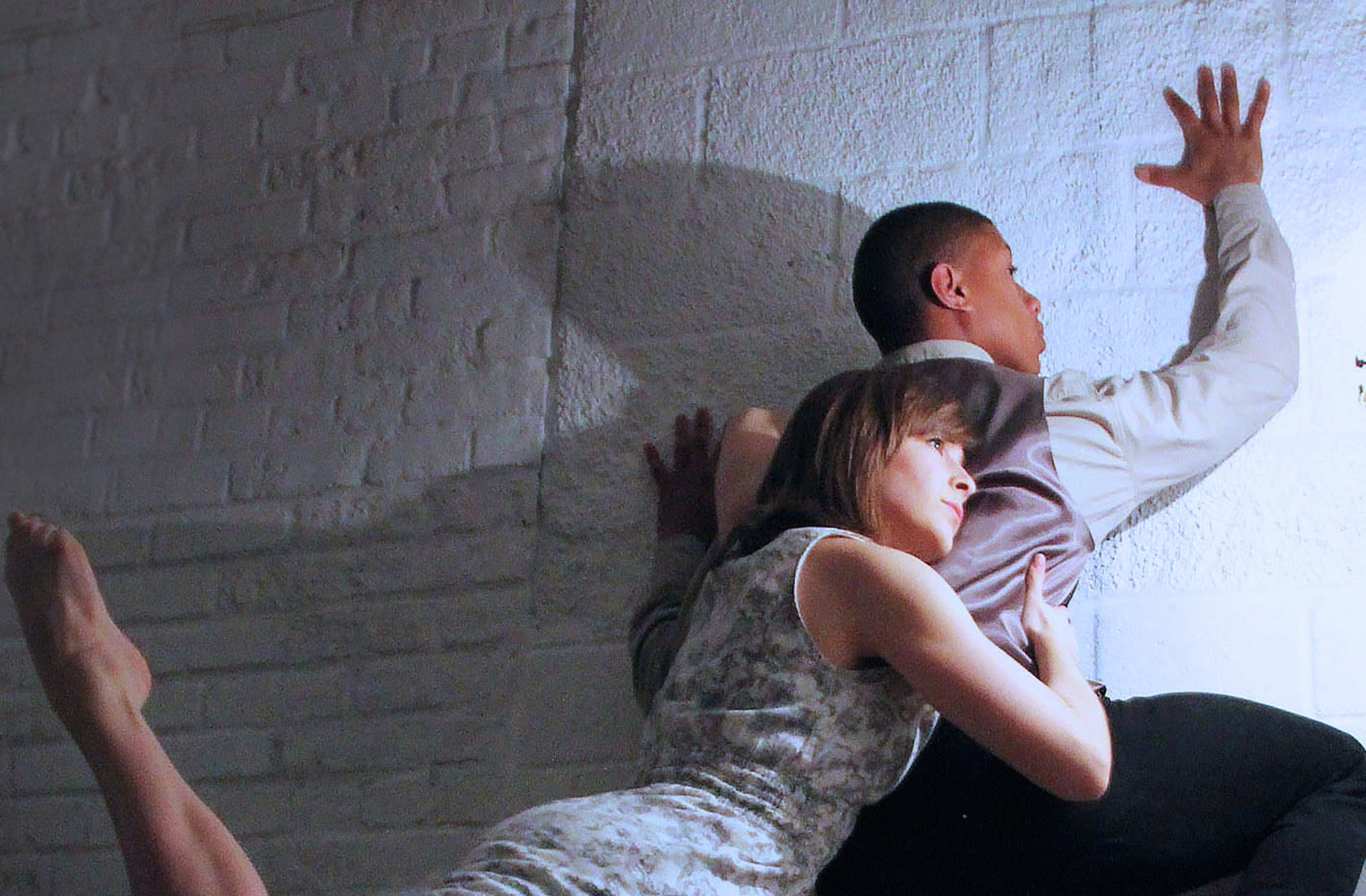
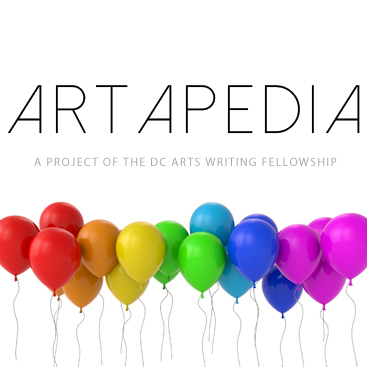
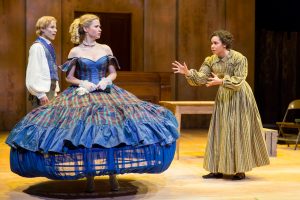
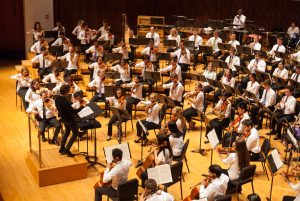

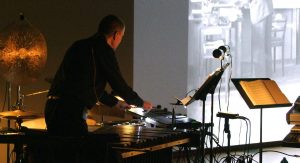


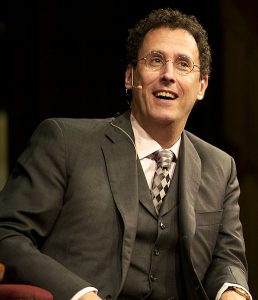



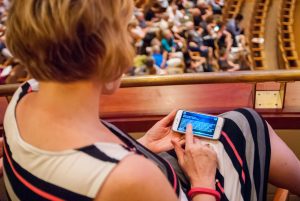
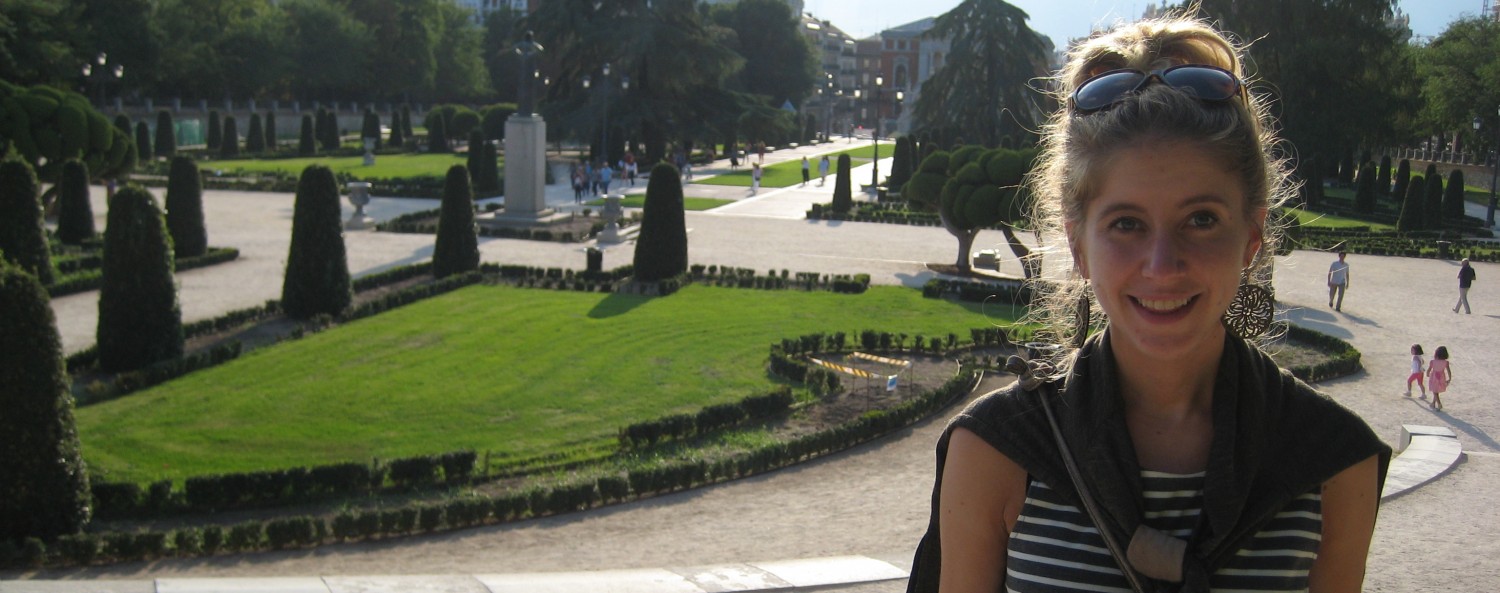

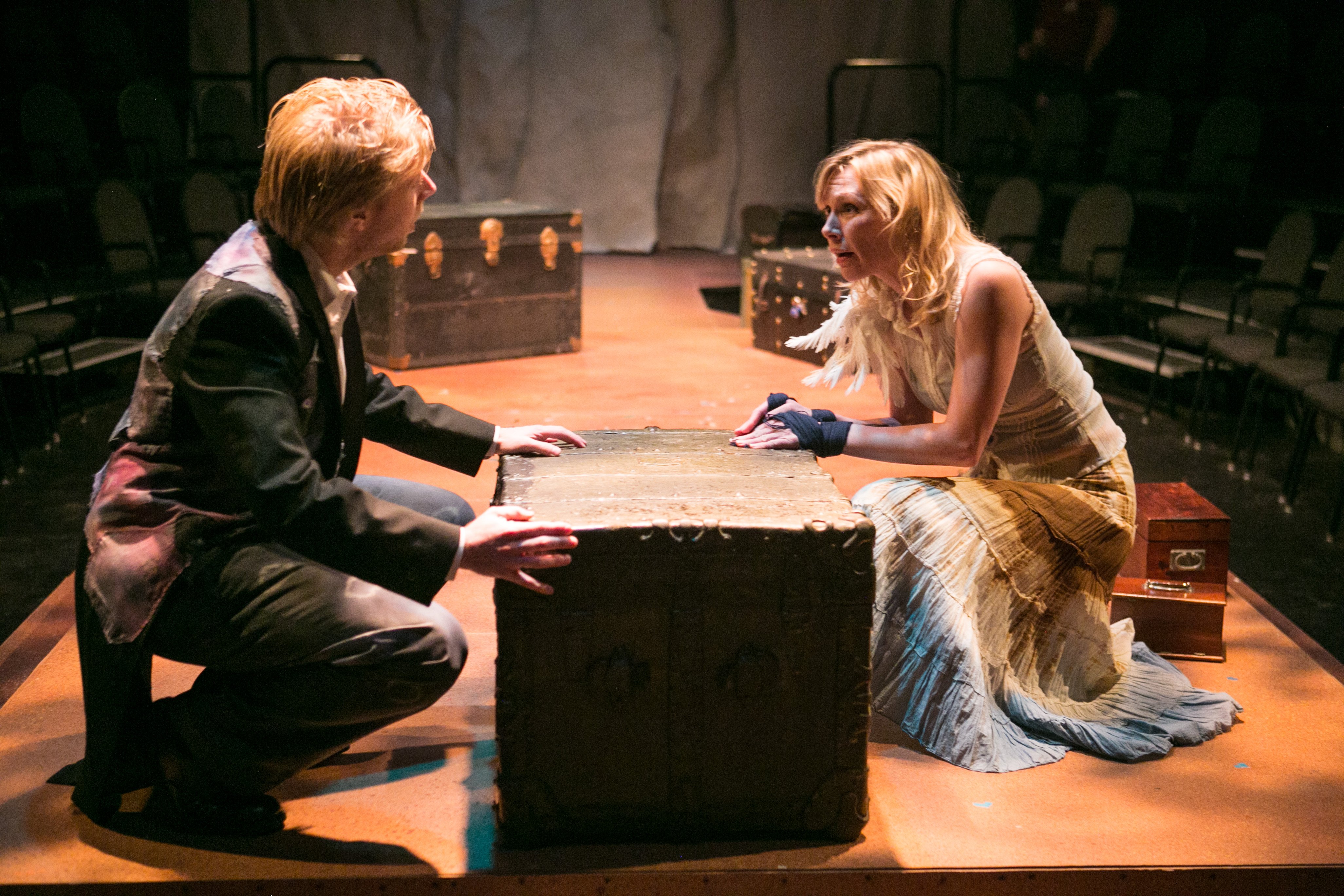
 Georgette Kelly’s Ballast, one of the new plays selected, centers on two relationships between cisgender and transgender partners. Over the course of the play, both couples grapple with the process of gender transition (which is not frequently enough portrayed on stage.) The play presented a few challenges for Ballast director Margot Manburg, including casting transgender performers and “maintaining the equal footing” between all of the characters.
Georgette Kelly’s Ballast, one of the new plays selected, centers on two relationships between cisgender and transgender partners. Over the course of the play, both couples grapple with the process of gender transition (which is not frequently enough portrayed on stage.) The play presented a few challenges for Ballast director Margot Manburg, including casting transgender performers and “maintaining the equal footing” between all of the characters.